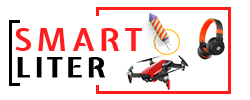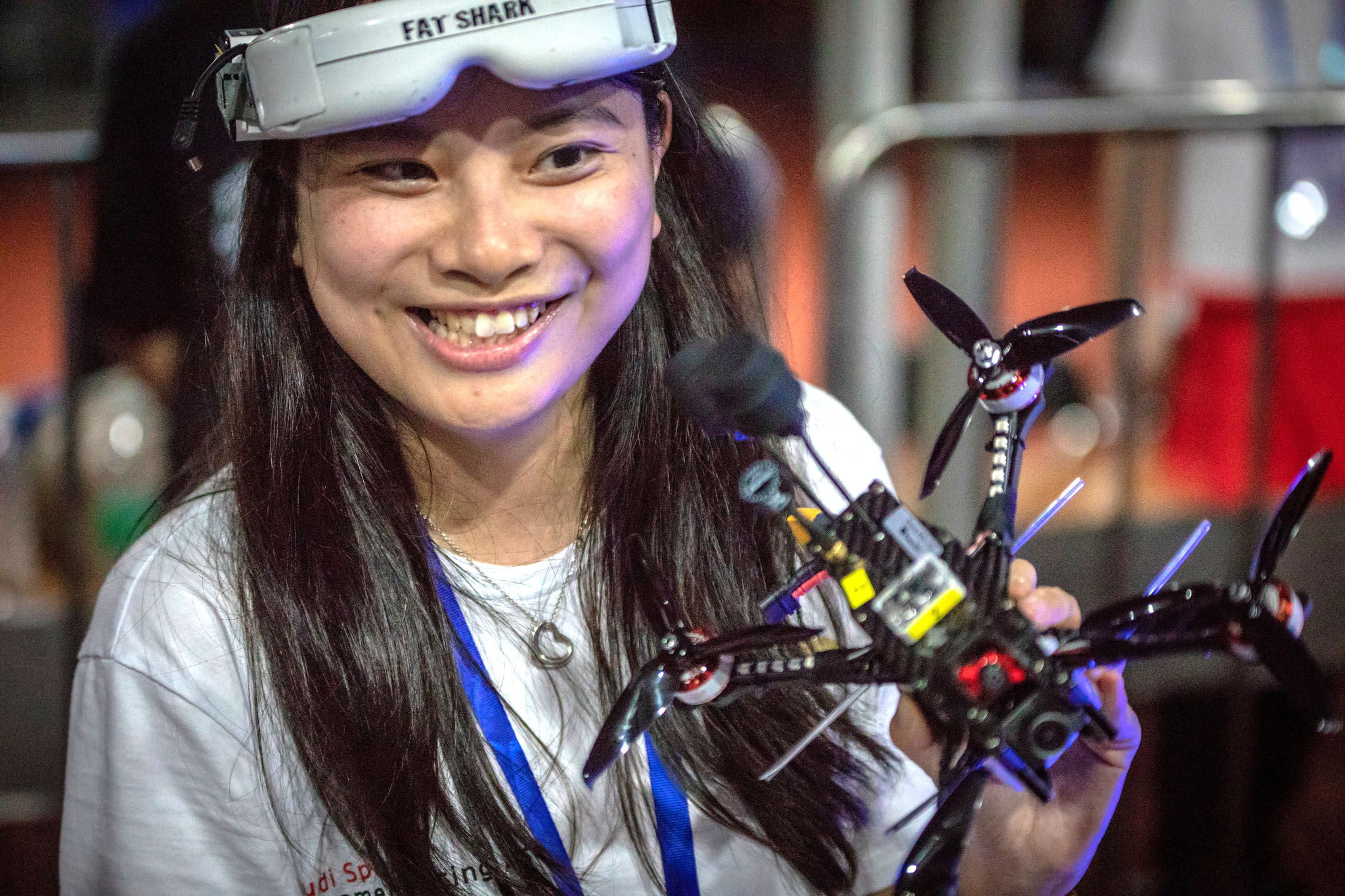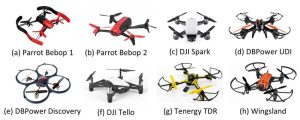So you want to start flying drones? Whether you’re looking for a new hobby or want to take your photography and videography to new heights, there’s a lot to learn. But don’t worry – we’re here to help.
In this beginner’s guide to drones, we’ll cover everything you need to know to get started, from choosing the right drone to understanding FAA rules and regulations. We’ll also provide some essential safety tips and give you a rundown of the basic controls.
So let’s get started!
Step 1: Choose Your Drone
The first step in getting started with drones is to choose the right one for you. There are a few things to consider when making your decision, including a budget, intended use, and features.
If you’re just getting started, we recommend opting for a drone that is easy to fly and comes with features like auto-hover and return-to-home. These will make your life much easier as you learn the ropes.
As for budget, you can find good quality drones for under $500. However, if you’re looking for something with more features and better performance, you’ll need to spend closer to $1000.
Read More: 10 Best drones under $1000
Step 2: Know Your Drone
Now that you’ve chosen your drone, it’s time to get to know it. This includes understanding how it works, what all the different parts are, and how to properly care for it.
Start by reading the user manual. This may seem like a no-brainer, but it’s important to have a basic understanding of your drone before taking it for a spin. The manual will also teach you how to properly operate your drone and its various features.
Next, take some time to familiarize yourself with the different parts of your drone. This includes everything from the propellers and motors to the camera and gimbal. Knowing how each component works will help you better understand how your drone flies and takes photos or videos.
Finally, make sure you know how to properly care for your drone. This includes things like charging the battery, storing the drone, and cleaning the camera lens. Taking good care of your drone will help ensure that it has a long life and continues to perform at its best.
Step 3: Know Your Controller
In order to fly your drone, you’ll need to use a controller. There are two main types of controllers: radio controllers and mobile apps.
Radio controllers are the more traditional option and tend to be more user-friendly. They typically come with a display that shows you important information about your drones, like battery life and GPS signal strength.
Mobile apps are becoming increasingly popular as they offer more features and flexibility. Most app-based controllers allow you to connect your smartphone or tablet directly to your drone. This gives you the ability to see a live video feed from your drone’s camera and use on-screen controls to fly it.
Step 4: Know FAA Rules & Regulations
Before you take your drone out for a spin, it’s important to understand the rules and regulations set by the Federal Aviation Administration (FAA). These rules are in place to keep everyone safe and ensure that drones are operated responsibly.
The most important rule to remember is that drones must always be kept within visual line of sight. This means that you must be able to see your drone at all times while it is in the air.
Other important rules include not flying near airports or other aircraft, not flying above 400 feet, and not flying in populated areas. For a complete list of FAA rules, check out their website.
Step 5: Register Your Drone
If you plan on flying your drone for recreational purposes, you will need to register it with the FAA. This can be done online and only takes a few minutes to complete.
You will need to provide your name, address, and email address. You will also need to select a unique registration number for your drone. Once you have registered, you will be able to download and print out a registration certificate.
Make sure to keep this certificate with you whenever you fly your drone.
Step 6: Learn Basic Safety Guidelines
Flying a drone can be a lot of fun, but it’s important to always put safety first. There are a few basic safety guidelines that all drone pilots should follow, including:
- Never fly near people or animals.
- Always keep your drone within visual line of sight.
- Never fly in restricted areas, like near airports or military bases.
- Never fly in bad weather conditions, like strong winds or heavy rain.
- Never fly under the influence of drugs or alcohol.
Following these basic safety guidelines will help ensure that you have a safe and enjoyable experience every time you fly your drone.
Step 7: Get Your Drone Ready for Flight
Before you take your drone out for a spin, there are a few things you need to do to get it ready for flight. First, check the battery level and make sure it is fully charged.
Next, attach the propellers to the motors. Make sure that they are tight and secure before continuing.
Then, power on your drone and controller. If everything is working properly, the drone’s lights should turn on.
Finally, do a visual inspection of your drone to make sure there are no loose parts or damage. Once you have done all of these things, your drone is ready for takeoff.
Step 8: Preflight Checklist
Before each flight, it’s important to run through a preflight checklist. This will help you make sure that your drone is ready to fly and that you have everything you need.
Here is a basic preflight checklist:
- Check the battery level and make sure it is fully charged.
- Attach the propellers to the motors.
- Power on your drone and controller.
- Do a visual inspection of your drone.
- Check the flight area for any hazards.
- Make sure you have everything you need before takeoff.
By following this preflight checklist, you can help ensure a safe and successful flight.
Step 9: Go Time! First Flight
Now it’s time for your first flight. Take a deep breath and relax-you got this.
Start by slowly pushing up on the throttle to lift the drone off the ground. Keep the drone steady and level as it gains altitude.
Once the drone is at a safe height, you can start to experiment with different flight maneuvers. Just remember to take it slow at first and always keep the drone within visual line of sight.
After you have mastered the basics, you can start to explore more advanced techniques. But for now, just enjoy the ride and have fun!
Read more: How Long Does A Drone Battery
Step 10: Learn Your Sticks
The two main controls on a drone are the throttle and the yaw. The throttle is used to control the speed of the drone, while the yaw is used to rotate it.
To fly your drone, you will need to learn how to use these two controls together. Practice moving the drone up, down, left, and right.
Once you have mastered basic flight, you can start to experiment with more advanced maneuvers. But for now, just keep it simple and have fun!
Step 11: Prepare for Emergencies
Despite your best efforts, there is always a chance that something could go wrong while flying your drone. That’s why it’s important to be prepared for emergencies.
There are a few things you can do to prepare for the worst-case scenario, including:
- Keep a spare battery on hand in case your main battery dies.
- Know how to find your drone if it gets lost.
- Practice flying in a safe area so you are comfortable with the controls.
- Be aware of your surroundings and know where potential hazards are.
By following these tips, you can help ensure that you are prepared for anything.
Step 12: Go From Beginner to Advanced
Now that you have mastered the basics of flying, it’s time to start exploring more advanced techniques. There is a whole world of possibilities out there, so don’t be afraid to experiment.
Here are a few things you can do to take your flying to the next level:
- Learn how to do aerial photography and videography.
- Practice flying in different weather conditions.
- Explore different flight modes and learn how to use them.
- Join a drone racing league or community.
By pushing yourself to try new things, you can help take your flying to the next level. So what are you waiting for? Get out there and start exploring!

Hi, I’m Regina. I’m a writer on Headphones, Shoes, for your unique needs. Regina is a self-professed Headphones, Shoes with a passion for experimenting with the latest Headphones, Shoe products, and trends. She helps create engaging content for smartliter.com’s audience.


